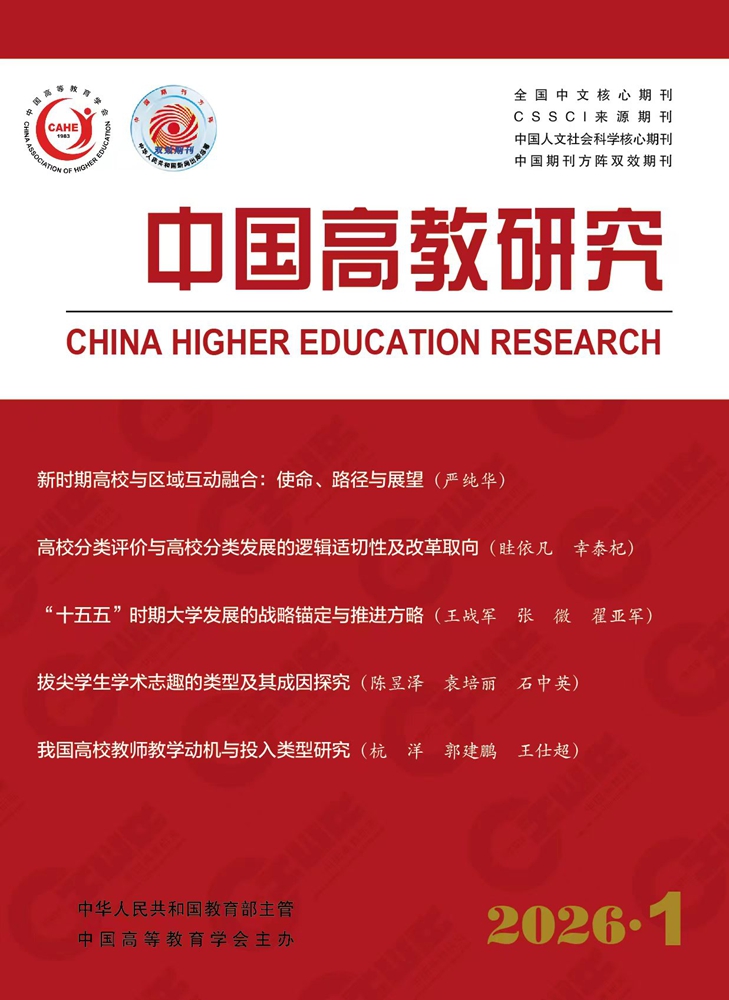Vocational Education
XIE Haolun1; FAN Qiyin2
China prioritizes high-quality and full employment for graduates by deepening the industry-education integration. Using data from the 2024 annual quality reports of 1 003 higher vocational colleges, this study finds that such integration significantly improves graduates’ employment quality, with effect sizes following the order: job quality > wages > employment opportunities. Specifically, it demonstrates a clear “cumulative advantage effect” effect on overall employment quality and job quality, a distinct “compensatory effect” effect on employment opportunities, and a mixed effect on wages. Colleges that are in the central region, public, and out of the “Double High-Level Plan” benefit more in overall employment quality and job quality. Colleges that are in the western region, private, out of the science, engineering, agriculture, and medical fields, and out of the “Double High-Level Plan” benefit more in employment opportunities. Colleges that are in the eastern region, private, out of the science, engineering, agriculture, and medical fields, and in the “Double High-Level Plan” benefit more in wages. To effectively leverage the positive impact of industry-education integration, it is necessary to build a multi-collaborative promotion mechanism, establish a tiered and progressive practical model, and implement context-specific support policies.
